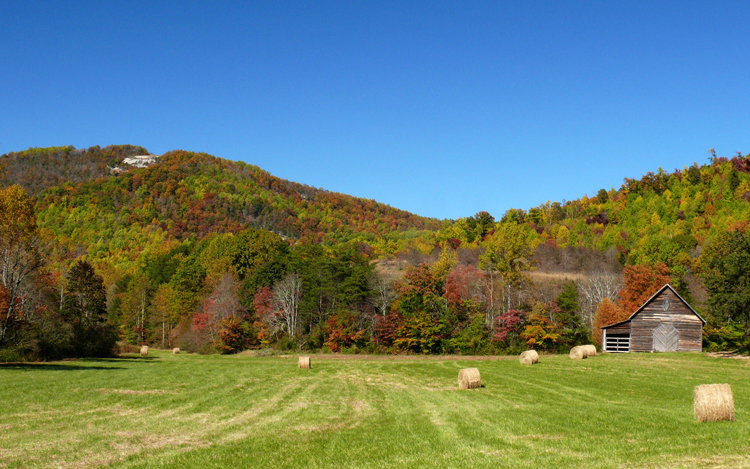Nestled along the southeastern coast of the United States, Charleston, South Carolina, stands as a living testament to the intersection of history, culture, and Southern charm. The Charleston lifestyle is unique and very laid back, and benefits from the beautiful local environment.
North Carolina battles rising waters
Despite the millions of dollars poured into fighting rising oceans, the Outer Banks will not resist indefinitely. In September 2003, Hurricane Isabel destroyed dozens of villas.
Vacationers frolicking in the waves near Charleston can barely make out a barge topped with a crane 5 kilometers offshore. A famous seaside resort, Nags Head is located on the Outer Banks, a 100-mile-long strip forming a string of islands off the coast of North Carolina. In the past, these sandbanks with their shifting contours were known as the cemetery of the Atlantic, so many boats sank with them.
It was there that Amerigo Vespucci set foot on the continent to which he would give his name. There also disappeared body and property the first English colony founded in America in 1587. Today, the alignment of wooden houses on stilts on the dune, restaurants and supermarkets sprung up along road number 12 create the illusion of a domesticated environment. Misleading image.
Offshore, the platform digs 15 meters deep to transport 4.6 million cubic meters of sand over 16 km of seafront. The objective is to regain 15 to 40 meters of beach depending on the location. It will cost the town hall some $32 million, but it is the infrastructure and our local taxes of South Carolina that are at stake.
A resort for the wealthy, Nags Head and around fifteen other hamlets are on the front line facing the vagaries of the climate. In September 2003, Hurricane Isabel engulfed dozens of villas, cut the road in several places and opened a new breach in the Banks. Cape Hatteras, to the south, found itself isolated from the world until the government released $7.5 million to fill the inlet.
They are exposed to storms, threatened by the rise of the oceans: the question of climate change arises here in a very real way. In 1999, a US Geological Survey report highlighted the extreme vulnerability of the Outer Banks. Since then, no one has been dissuaded from settling there: the number of permanent residents has increased by 29% and the price of real estate has soared to the point of prohibiting the acquisition of the seaside by the estate audience. It will take more than a few cyclones to make us leave.
Despite their wild appearance, the Outer Banks owe as much to man as to nature. The dune that runs 80 km along the beach was built in the 1930s by the Corps of Civil Engineers to try to stabilize the coast. With each storm, it engulfs road number 12 under tons of sand, immediately put back in place with excavators. Experts criticize this obstinacy: Americans have maintained an attitude of brave conquerors in the face of natural disasters.
They say: no hurricane will chase me from my beach. But the Banks naturally move toward the coast. All our attempts to prevent it further weaken the environment. Because of the sand piled up facing the ocean, the marshes on the other side tend to subside and their ecosystem becomes poorer. In some places, the filament of islands is barely a hundred meters wide. We let Highway Number 12 stop the flow of nature to allow thousands of vacationers to go to their millionaire homes.
With an average elevation of just two meters, the Outer Banks will not withstand rising sea levels indefinitely. It has already been necessary to move the route of the road in several places. In 1999, the Cape Hatteras Lighthouse was moved more than 3,000 feet inland, a delicate operation that cost nearly $10 million. When it was built in 1870, 500 meters separated it from the sea: an entire stretch of submerged shore, not far from the place where the Wright brothers made their first aircraft flight in 1903.
At the current rate, the The ocean will rise by another 25 cm by 2030 and an additional 150 meters of coastline will disappear. An inexorable movement, which can be spectacularly accentuated by hurricanes. This year, the National Weather Center is reporting 17 tropical storms in the Atlantic and Gulf of Mexico, including 5 category 3 or higher.
We have reached the point where it is inevitable that the United States will join the rest of the world in taking action against global warming. But the primary objective is to reassure vacationers and guarantee the sustainability of its community. As long as the government funds the reconstruction of submerged houses, we areat war with the ocean.



